THE village of Copplestone now has a fine and fitting war memorial, which was appropriately dedicated on Sunday, November 11.
The memorial, on a verge owned by Mid Devon District Council at Bewsley Hill, Copplestone, has been installed by Copplestone Parish Council.
Prior to 1993, Copplestone was split between three other parishes, Crediton Hamlets, Colebrooke and Down St Mary.
As a result of this segregation the war dead were not recorded or their names displayed within the village.
Generations living in the village could not look upon their names and wonder at the lives these men once had, even though, a few people today are living in the very same houses that these men once called home.
The parish council decided that although most of the men’s names were recorded across the other parishes, it did not give a very true picture of their lives within Copplestone and Knowle.
Councillor Stuart Penny, chairman of Copplestone Parish Council, said: “I am delighted that we have driven this project to its conclusion, to fall neatly with the 100-year anniversary of the ceasefire of the First World War.
“I am proud that we have created something that, although simple in design, is still extremely appropriate as a platform by which to remember the men from our parish who made the ultimate sacrifice.
“This has been achieved because we again worked together for something that was felt to be important within our community.”
Cllr Penny said that it was worth giving consideration to the fact that the Methodist Church was standing when these men were boys, adding that they probably attended Sunday services there.
“The Church in Knowle would have been similarly attended,” he added.
He continued: “Shirley Corner School was the most likely place these boys attended to gain an education. It was likely they helped on the local farms during harvest together.
“Many of these boys had lives that were entwined, they knew each other, yet after their lives were ended by war, their names are separated to the various memorials of the parish in which their house sat. Some considerable distance from the people they knew and those who knew them.”
The council decided that in a bid to bring their memory back to the people who now live here, that the community might know of them and of their sacrifice, it was decided that Copplestone would construct its own War Memorial.
Mr Penny said that the Parish Council looked at a number of ideas before settling on the simple design of a large piece of rock with a plaque attached and a flagpole set behind.
The rock which forms part of the memorial came from Knowle Quarry, within the parish, which was kindly donated by Andy Gray of MC Kelly Ltd.
The council obtained a grant from Devon County Council’s “Investing in Devon” fund, which paid for 50 per cent of the cost of installing the flagpole which sits behind the Memorial.
The site chosen, is a small grass area at the junction of Sunnymead and Bewsley Hill, a place passed by many and is central in the village. It is one of the few remaining green spaces within the village. Mid Devon District Council kindly agreed to lease the plot to Copplestone Parish Council for this purpose.
Mr Penny added that during the research, it was discovered that one of the men, John Mann lived with his parents at Brandirons Cottage.
“John’s father worked for Knowle Quarry, just a few hundred yards away. The very same quarry that provided the rock for our memorial.
“The rock was transported to the site by Mr Roger Pennington, using an agricultural loader, and was inched into place, then held in position whilst the ground was levelled around it.”
Mr Penny added: “Simon Stevens and his son Sam, from FJ Stevens and Son of Crediton, not only prepared the plaque but made themselves available to inspect possible rocks dug from the quarry for suitability and assist with the placing of the rock chosen.
“They prepared the plaque and expertly attached it to our rock, clearly showing the names of the 10 men.”
On Sunday, November 11, 100 years after the ceasefire silenced the guns in “The war to end all wars”, more than 50 people gathered around Copplestone’s new War Memorial for its dedication.
The service was officiated by Reverend Martin Greig and Councillor Stuart Penny read out the names of the men in the order of their deaths, including the houses they lived in.
Mr Penny concluded: “Every house still stands and forms a very realistic link between our time and theirs. At the going down of the sun and in the morning, we will remember them.”
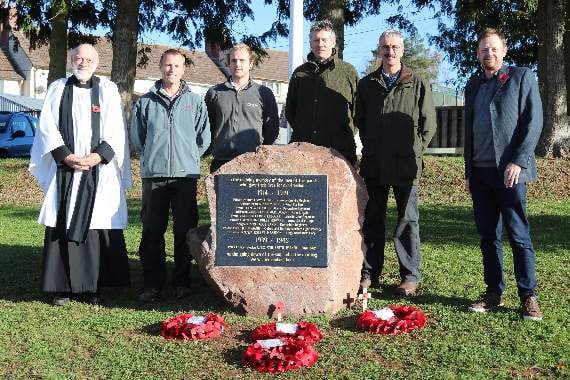
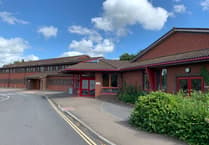
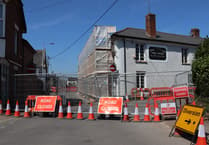
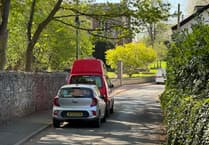
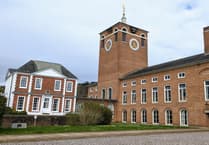
Comments
This article has no comments yet. Be the first to leave a comment.